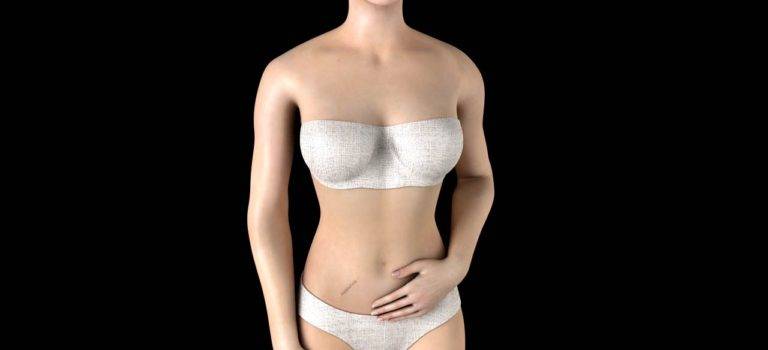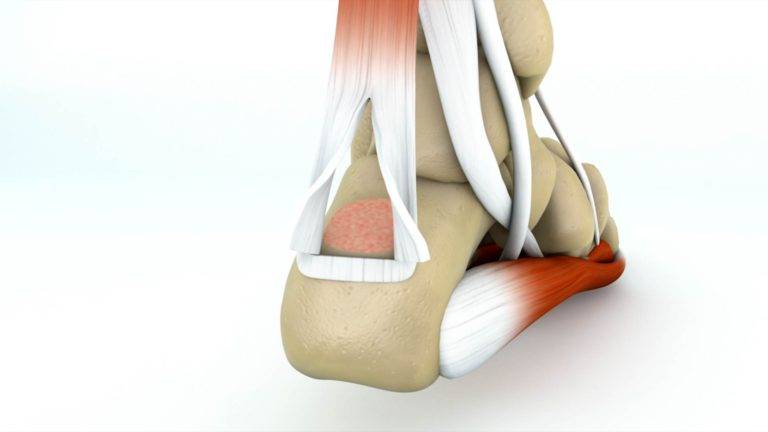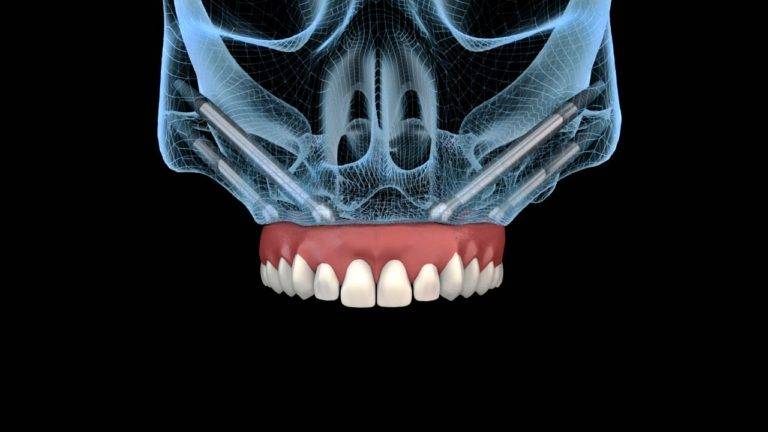Dental Animations
Dental animations are a unique and innovative way of educating patients about oral health and dental procedures. They are computer-generated graphics that depict the anatomy of the mouth and teeth, as well as how different dental treatments work.
They can be used as a visual aid during consultations, as well as to explain complex procedures to patients before they undergo treatment. This essay will explore the benefits of dental animations and how they are changing the way dentists educate and treat their patients.
Animations are not only a useful tool for dentists, but also for patients. They provide a visual representation of the mouth and teeth, making it easier for patients to understand the anatomy and any issues they may have.
Additionally, dental animations can demonstrate the before and after effects of a procedure, giving patients a clear idea of what they can expect from treatment. This can help to alleviate any anxiety they may have, as well as improve patient compliance with the recommended treatment plan.
Enhancing Patient Understanding
One of the key benefits of dental animations is their ability to enhance patient understanding. They provide a clear and concise visual representation of the mouth and teeth, making it easier for patients to grasp complex concepts and procedures. This can help patients make more informed decisions about their oral health and treatment options.
Our animations can help to reduce patient anxiety and fear. By showing the steps of a procedure in an animated format, patients can see what will happen and how it will be done. This can help to alleviate any fears or concerns they may have, and improve patient compliance with the recommended treatment plan.
Another benefit of dental animations is that they allow dentists to show their patients the potential outcomes of treatment. Patients can see the before and after effects of a procedure, which can help them to make a more informed decision about their oral health. This can also help to improve patient satisfaction with the treatment and its outcome.
Improving Communication between Dentist and Patient
Dental animations also play an important role in improving communication between dentists and patients. They provide a shared understanding of the oral anatomy and the treatment process, allowing dentists to better explain the procedures and answer any questions patients may have. This improved communication can lead to increased patient trust and confidence in the dentist and the recommended treatment plan.
Moreover, dental animations are versatile and can be used in a variety of ways. They can be shown on a screen during a consultation or added to the dentist’s website for patients to view before their appointment. They can also be used as a reference tool for patients after their appointment, helping them to remember what was discussed and what to expect in the future.
They can be customized to meet the specific needs of each patient and dentist. Different animations can be created to highlight different aspects of a procedure, such as the anatomy of the mouth, the steps of the treatment, or the potential outcomes. This customization can help to ensure that patients receive the information that is most relevant and important to them.
Advancing the Field of Dentistry
In addition to improving patient education and communication, dental animations are also advancing the field of dentistry. They allow dentists to more accurately diagnose and treat oral health issues, as well as plan and execute complex procedures.
For example, dental animations can be used to simulate various treatment options and outcomes, helping dentists to determine the best course of action for each patient. This can result in more effective and efficient treatment plans, as well as improved patient outcomes.
They can also be used in research and development, allowing dentists to test new treatments and procedures in a virtual environment before implementing them in a real-life setting. This can lead to the development of new and innovative treatments, as well as improvements in existing ones.
In addition, dental animations can also be used to train dental students and professionals. They provide a visual representation of the anatomy of the mouth and teeth, as well as the steps of various procedures. This can help students to better understand complex concepts and procedures, as well as prepare them for real-life scenarios.
Overall, dental animations are advancing the field of dentistry by providing dentists with new tools and resources for more accurate diagnoses, effective treatment planning, research and development, and education. As technology continues to evolve, it is likely that dental animations will become even more sophisticated and widely used in the future.
JLab Animation - Dental Animation
Limitations of Dental Animations
Despite the many benefits of dental animations, there are also some limitations that should be noted. One of the main limitations is the cost of producing high-quality animations. Creating a dental animation requires specialized software and equipment, as well as skilled professionals to produce it. This can result in high production costs, which may not be feasible for smaller dental practices or those with limited budgets.
Another limitation is that dental animations may not accurately represent real-life scenarios. While they can provide a visual representation of a procedure, they are still just simulations and may not fully reflect the complexities and nuances of a real-life scenario. This can lead to misunderstandings and unrealistic expectations on the part of patients.

Finally, there is also the potential for dental animations to oversimplify complex procedures. While they can provide a visual representation of a procedure, they may not fully convey the complexity and intricacies of the treatment. This can result in patients not fully understanding the extent of the procedure or the potential risks involved.
Moreover, dental animations are versatile and can be used in a variety of ways. They can be shown on a screen during a consultation or added to the dentist’s website for patients to view before their appointment. They can also be used as a reference tool for patients after their appointment, helping them to remember what was discussed and what to expect in the future.
They can be customized to meet the specific needs of each patient and dentist. Different animations can be created to highlight different aspects of a procedure, such as the anatomy of the mouth, the steps of the treatment, or the potential outcomes. This customization can help to ensure that patients receive the information that is most relevant and important to them.

The Future of Dental Animations
As technology continues to evolve, it is likely that dental animations will become even more sophisticated and widely used in the future. With advancements in virtual and augmented reality, it may be possible for patients to experience procedures in a more immersive and interactive way. This could result in an even greater understanding of the oral anatomy and treatment process, as well as increased patient engagement and satisfaction.
Moreover, as artificial intelligence and machine learning continue to develop, dental animations may become more personalized and adaptable to each patient’s unique needs. For example, they may be able to use patient data to create a customized animation that highlights the most important aspects of the treatment plan. This could result in more effective patient education and communication, as well as improved patient outcomes.
Additionally, dental animations may also play an increasing role in telemedicine and virtual consultations. With the growing trend of remote healthcare, dental animations can provide patients with a visual representation of the oral anatomy and treatment process, even if they are unable to physically visit the dentist’s office. This could result in improved access to dental care for patients in remote or underserved areas.
As technology continues to evolve, it is likely that dental animations will become even more sophisticated and widely used in the future. With advancements in virtual and augmented reality, it may be possible for patients to experience procedures in a more immersive and interactive way. This could result in an even greater understanding of the oral anatomy and treatment process, as well as increased patient engagement and satisfaction.
Moreover, as artificial intelligence and machine learning continue to develop, dental animations may become more personalized and adaptable to each patient’s unique needs. For example, they may be able to use patient data to create a customized animation that highlights the most important aspects of the treatment plan. This could result in more effective patient education and communication, as well as improved patient outcomes.
Additionally, dental animations may also play an increasing role in telemedicine and virtual consultations. With the growing trend of remote healthcare, dental animations can provide patients with a visual representation of the oral anatomy and treatment process, even if they are unable to physically visit the dentist’s office. This could result in improved access to dental care for patients in remote or underserved areas.

























